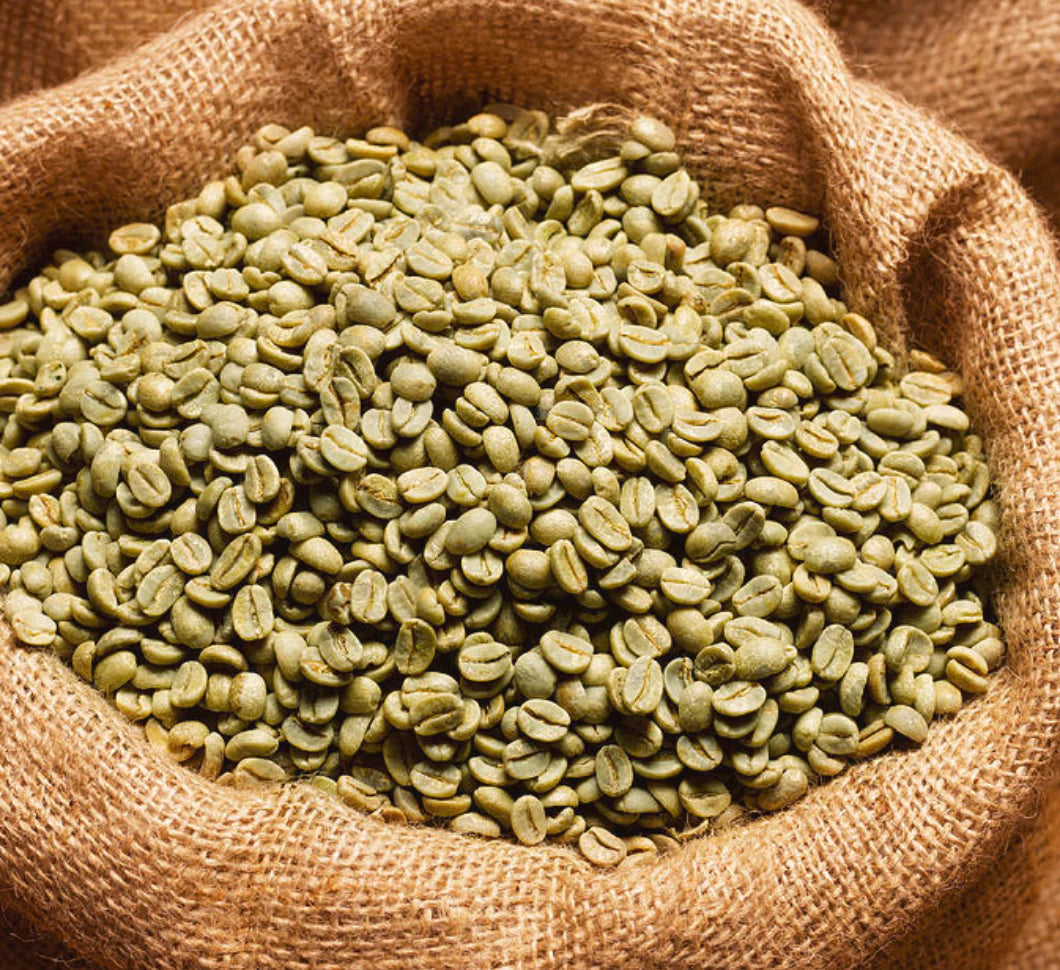Checking Out the Abundant Flavors of Coffee Beans: a Deep Dive Into Coffee and Blended Coffee Beans
When you discover the abundant flavors of coffee beans, you discover an intricate world where each variety brings its very own character to your cup. Comprehending the origins, processing methods, and roasting strategies can transform your coffee experience. As you browse via the art of espresso and the creative thinking behind combined coffees, you'll begin to value the subtleties that make each sip unique. What you'll uncover next may alter the way you enjoy your early morning brew.
The Beginnings of Coffee Beans: Checking Out Terroir and Taste Profiles
When you take a sip of coffee, you're not just appreciating a beverage; you're experiencing a rich tapestry of flavors shaped by the beans' beginnings. Each area generates unique taste accounts affected by elevation, environment, and dirt. As an example, beans from Ethiopia often rupture with intense, fruity notes, while those from Colombia often tend to offer a balanced, nutty sweetness.As you discover different beginnings, you'll see exactly how terroir-- the environmental variables influencing a plant-- plays an essential role. The exact same coffee variety can taste considerably different relying on where it's grown.When you think about these elements, you begin to appreciate the intricacy behind your cup. Each sip narrates of the land and the farmers that nurtured the beans. Next time you delight, believe regarding the journey your coffee took prior to it reached your hands, and savor those elaborate flavors that show its origin.
Recognizing Coffee: The Art and Scientific Research Behind the Brew
When you think of coffee, it's not nearly the strong flavor; it's also regarding the methods that bring it to life. Comprehending how various preparation approaches influence taste can transform your developing experience. Allow's discover the details of coffee preparation and uncover the one-of-a-kind flavor accounts that make each cup unique.
Espresso Preparation Techniques
Espresso prep work is both a scientific research and an art, combining specific strategies with a deep understanding of coffee. To start, you'll wish to pick high-quality, freshly roasted beans and grind them finely for optimal extraction. The work dimension is vital; also crude, and your espresso will be weak, also great, and it'll be bitter.Next, tamp the premises equally in the portafilter to ensure uniform extraction. When you lock it right into the device, go for a developing temperature in between 190 ° F and 205 ° F.As you draw the shot, expect the best removal time-- around 25-30 seconds. The result must be an abundant, creamy coffee with a gorgeous layer of crema on top - Single Origin Espresso. With technique, you'll understand these methods
Flavor Profiles Clarified
The globe of coffee offers an abundant tapestry of flavor accounts that can elevate your coffee experience. When you take that first sip, you'll discover an equilibrium of resentment, acidity, and sweetness. Each coffee bean lugs special notes, from fruity and floral to nutty and chocolaty. Light roasts usually display intense level of acidity and vibrant tastes, while dark roasts existing deeper, bolder tones.Understanding these accounts helps you select the ideal coffee for your palate. Trying out with various blends can expose unexpected mixes. A well-crafted mix may integrate the brilliant notes of an Ethiopian bean with the rich, chocolatey touches of a Brazilian bean. Embrace the journey of finding espresso's diverse tastes, and you'll transform your coffee routine right into an interesting experience.
Processing Approaches: How They Impact Flavor and Fragrance
While it may seem that the origin of coffee beans is one of the most significant aspect in determining their flavor and fragrance, the processing approaches made use of post-harvest play a similarly important role. You'll find that these methods can substantially modify the last taste account of your cup.For circumstances, the washed process removes the fruit from the beans before fermentation, often resulting in a cleaner, brighter flavor. Meanwhile, the natural procedure leaves the fruit undamaged during drying, leading to a sweeter, fruitier profile.Other methods, like honey processing, strike an equilibrium, enabling some fruit mucilage to remain, providing an unique complexity.Each handling strategy engages with the beans' inherent attributes, improving or muting certain tastes and scents. When you drink that coffee or mixed coffee, bear in mind that the journey from cherry to mug is influenced not just by beginning however additionally by just how those beans were processed.
Toasting Strategies: Unlocking the Full Possible of Coffee Beans
Roasting methods are vital for exposing the full capacity of coffee beans, as they change raw, green beans into the aromatic, delicious coffee you take pleasure in. The choice of roasting technique-- light, medium, or dark-- dramatically influences taste profiles. Light roasts protect the beans' all-natural acidity and fruity notes, while tool roasts balance sweet taste and richness. Dark roasts, on the various other hand, stress vibrant, great smoky flavors.You can explore toasting temperatures and times to discover your best mixture. A slower roast at reduced temperatures permits complex flavors to develop, while a quicker roast can intensify resentment. Take note of the splits during roasting; the first fracture shows a light roast, while the second crack signals a dark roast - Single Origin Espresso. By mastering these strategies, you'll expose a world of taste, raising your coffee experience to brand-new elevations. Delight in every sip, knowing the treatment that entered into your mug!
The Magic of Blended Coffee: Developing Distinct Taste Experiences
Creating an unique taste experience with combined coffee can transform your early morning routine right into an exploration of preference. By incorporating different beans from various regions, you can disclose a harmony of tastes that raise your mug to brand-new elevations. Each mix deals an unique profile, balancing acidity, sweet taste, and body to create something truly special.When you select a mix, you're not just choosing a coffee; you're choosing a journey throughout varied landscapes and cultures. Trying out with different combinations permits you to discover your personal favorites, whether you enjoy fruity notes or abundant, chocolatey undertones.Blended coffee likewise offers you the flexibility to readjust the brew to fit your mood. You might hunger for a light-bodied mix eventually and a strong, dark roast the next. Embrace the magic of blending and let each cup shock your taste, making every sip a fascinating journey.
Sampling Notes: Recognizing the Subtleties in Your Cup
As you sip your coffee, you might see a spectrum of tastes dancing on your taste buds, each revealing the details of the beans. You might taste the brilliant acidity similar to citrus or the deep, abundant notes akin to dark delicious chocolate. The sweet taste could stimulate honey or caramel, balancing the overall profile beautifully.Pay attention to the body of the coffee-- does it really feel light and airy, or is it complete and luscious? The finish, too, uses clues; a remaining aftertaste may mean nuttiness or flower undertones.Don' t forget to discover the special qualities click for source of different beginnings, as each area imparts distinct tastes. As an example, Ethiopian coffees usually present fruity notes, while Colombian beans might display an extra spherical sweet taste. By identifying these subtleties, you'll grow your recognition for every cup, elevating your coffee experience to brand-new elevations.

Developing Methods: Taking Full Advantage Of Taste Extraction for Every Bean
You'll find that each method can significantly impact the flavor profile of your coffee when you explore the numerous developing techniques. From French press to pour-over, each approach extracts various substances, enhancing or silencing certain notes. For example, using a French press allows oils to continue to be in the brew, creating a richer taste, while pour-over highlights clarity and brightness.Temperature and grind size also play crucial functions. A coarser grind works best for chilly brews, while a fine work is excellent for espresso. Experimenting with water temperature-- between 195 ° F and 205 ° F-- can reveal covert tastes, too.Don' t forget soaking time; a quick removal can result in sour notes, while over-extraction may yield resentment. By changing these variables, you can make best use of flavor extraction and absolutely elevate your coffee experience. Enjoy the trip of finding what approach best fits your taste!
Regularly Asked Inquiries
What Is the Perfect Water Temperature Level for Brewing Coffee?
The suitable water temperature for developing coffee's in between 195 ° F and 205 ° F. If you utilize water that's as well hot, you'll over-extract flavors; also cold, and you will not draw out enough. Purpose for that wonderful place for the very best brew!
How Does Grind Dimension Affect Coffee Taste?
Grind dimension substantially affects coffee flavor. Better grinds remove more flavors and oils, resulting in a bolder taste, while coarser grinds yield a lighter taste. Readjusting grind dimension aids you attain your wanted coffee profile.
Exist Wellness Benefits Associated With Drinking Coffee?
Yes, consuming coffee can offer health advantages. It may boost cognitive feature, boost metabolic rate, and reduced the risk of certain illness. Just remember to enjoy it in moderation to enjoy the advantages without damaging results.

What Is the Distinction Between Arabica and Robusta Beans?
Arabica beans are smoother and sweeter, typically including fruity flavors, while robusta beans are more powerful with a bitter preference and greater caffeine content. her comment is here You'll observe these distinctions in aroma and developing experience.
How Can I Store Coffee Beans for Freshness?
To keep coffee beans for quality, keep them in a closed container, away from warm, dampness, and light. You'll maintain their taste much longer if you just grind what you need right prior to developing. When you check out the rich flavors of coffee beans, you discover a complicated globe where each range brings its very own personality to your mug. When you take a sip of coffee, you're not just appreciating a drink; you're experiencing an abundant tapestry of flavors formed by the beans' beginnings. While it could appear that he said the beginning of coffee beans is the most considerable variable in establishing their taste and scent, the processing approaches used post-harvest play an equally vital role. Toasting techniques are necessary for disclosing the complete possibility of coffee beans, as they transform raw, green beans right into the fragrant, delicious coffee you appreciate. As you drink your coffee, you might discover a spectrum of tastes dancing on your palate, each revealing the intricacies of the beans.
 Robert Downey Jr. Then & Now!
Robert Downey Jr. Then & Now! Mackenzie Rosman Then & Now!
Mackenzie Rosman Then & Now! Danica McKellar Then & Now!
Danica McKellar Then & Now! Elisabeth Shue Then & Now!
Elisabeth Shue Then & Now! Catherine Bach Then & Now!
Catherine Bach Then & Now!